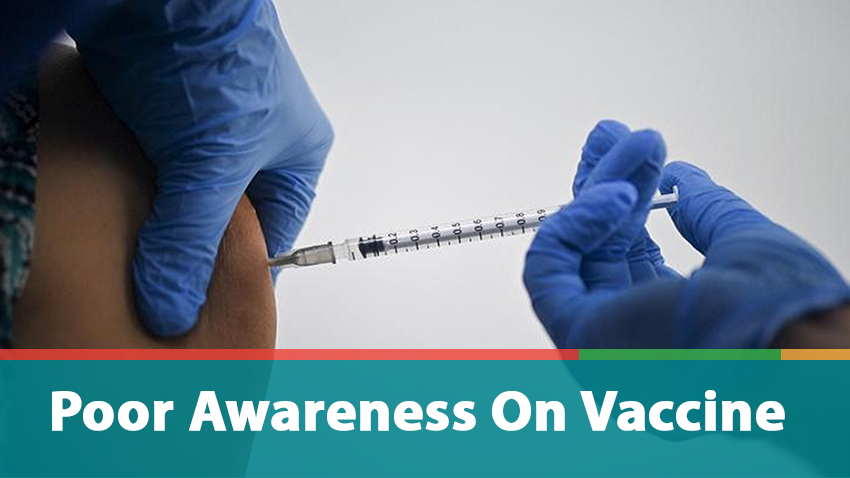
The Papua New Guinea National Research Institute’s (PNG NRI) latest ‘Spotlight’ publication by PNG NRI’s Deputy Director for Research, Associate Professor Eugene Ezebilo, delved into the issue of vaccine hesitancy among Papua New Guineans in urban sectors
Titled ‘Why some of Papua New Guinea’s urban residents are reluctant to take covid-19 vaccine? Strategy to increase vaccination rates’ – the study covers six key points:
- COVID-19 vaccine has been developed to protect people against the virus.
- Reasons that some residents of Goroka, Kokopo, Lae and Mt.Hagen were not willing to take the vaccine.
- How to improve vaccination rates.
- Of all the urban centres studied, only a few residents have been vaccinated (12.7%), Lae had the highest vaccination rate (18.1%) and Kokopo lowest (8.5%).
- Poor awareness about the vaccine, inadequate vaccination centres, shortages of vaccine and misinformation on social media making people reluctant to take the vaccine.
- Vaccination rates would increase if proper awareness on the side effects of the vaccine are conducted; more vaccination centres provided; and vaccines supplied in a timely manner.
In his paper, Associate Prof. Ezebilo focuses on the impact of the COVID-19 pandemic on the livelihood of households and their strategies. The research is based on interviews with 813 residents of Goroka, Kokopo, Lae and Mt. Hagen.
In the paper, emphasis is placed on whether the residents have been vaccinated against COVID-19 and why some of them have not been vaccinated and a strategy to increase vaccination rates. Some of the residents are aware of where vaccination centres are, only a few of them have been vaccinated.
Prof. Ezebilo stated that it is important to note that other factors such as income level, educational level, ownership of television and radio and readership of newspapers and distance of home from COVID-19 vaccination centre can influence access to information about the vaccine and access to vaccination centre. However, these were excluded from the analysis provided in this paper.
The study found that the main reasons for the low vaccinations and the lack of willingness among people regarding the vaccine included stigma and inadequate awareness.
Major concerns raised by several residents include that proper awareness about how the vaccine works, its side effects, the group that should get the vaccine and what can be done to reduce the side effects have not been conducted. Some raised the concern that awareness has not been conducted in the areas where they live:
“Information on how COVID-19 vaccine works and its side effects have not been provided. I want to understand the side effects of the vaccine before getting the vaccine.”
“Awareness on COVID-19 vaccine has not been conducted in the area where I live.”
Prof. Ezebilo highlighted several potential ways that can be used to increase COVID-19 vaccination rates that include improving the COVID-19 vaccine awareness by using innovative communication strategy.
He stated that as it appears, the communication strategy currently used in creating awareness of the vaccine has not been working well and that correct information about the vaccine has not been reaching the target population.
As most people in PNG live in rural areas, there is a need to use appropriate communication strategy that can be used to reach both people in rural areas and urban areas.
Prof. Ezebilo goes on to recommend several appropriate measure in his paper to improve awareness that include: providing a “questions and answers platform” where COVID-19 vaccine experts can answer questions about the virus and vaccine from the general public; providing more factual information about COVID-19 vaccine on the radio and TV, newspapers and social media. Use the forum to make emphasis on the benefits and dangers of the virus; and, sending reminders about the need to take COVID-19 vaccine to people through text messages, e-mails, social media and in-person.
The link to the full publication:
https://www.pngnri.org/images/Publications/Spotlight_Volume_14_Issue_15EEfinal.pdf
